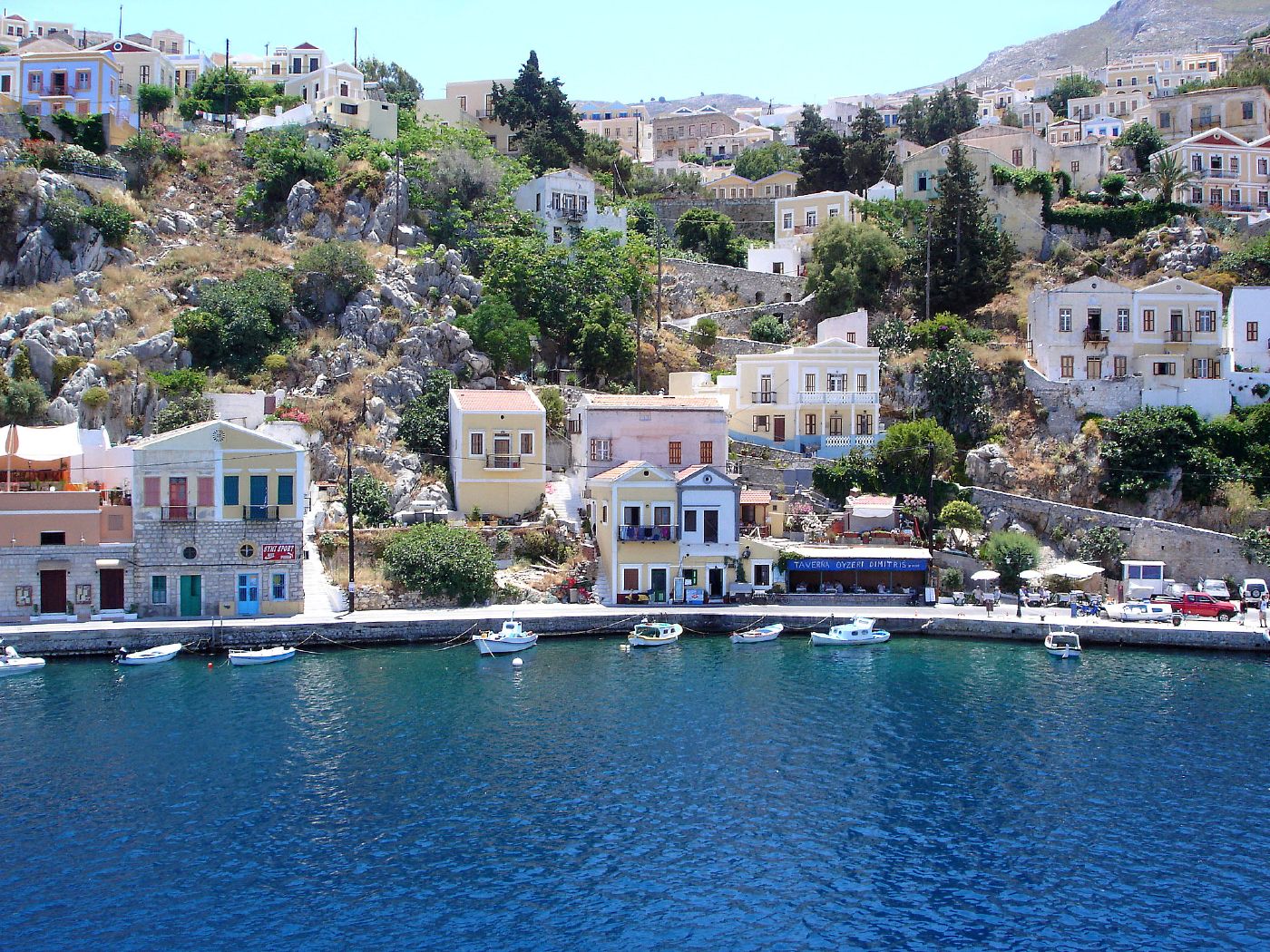Santorini
The Greek island of Santorini is one of the most famous travel destinations on the planet. The main reasons why it’s popular are its spectacular volcanic landscape, magnificent sunsets, and scenic clifftop villages with white-washed houses and blue-domed churches. Plenty of people choose Santorini as their marriage or honeymoon destination, as its impressive vistas and photogenic villages always create a romantic setting. The island was shaped some 3,600 years ago by one of the largest volcanic eruptions in recorded history, which left a giant water-filled crater (‘caldera’) measuring about 12 by 7 km (7.5 by 4 mi) and surrounded by 300 m (980 ft) high cliffs on all sides. Santorini is the only inhabited caldera in the world, with a population of around 15000 inhabitants, which is far less compared to the 2 million tourists that visit Santorini each year.
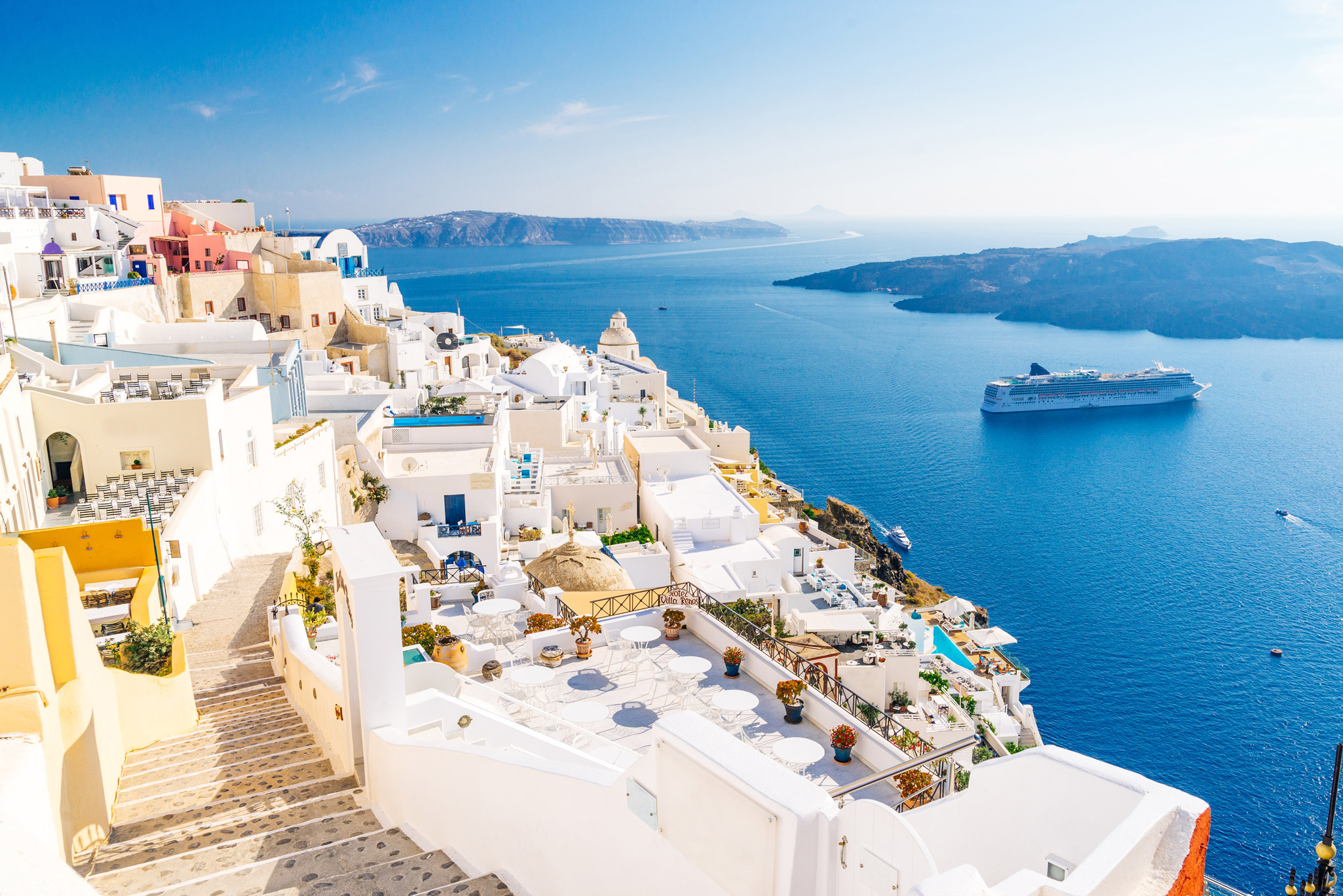
Naxos
Naxos is the biggest and most fertile island in Cyclades island group, located right in the center of it. It offers a wide variety of attractions of choices to visitors, such as whitewashed Chora town and Portara, Naxos’ most popular landmark. Chora’s landscape is marked by numerous fortified palaces, which date to the island’s Venetian Period, as Naxos was the seat of the Duchy of the Aegean. Make sure you visit the Bazaios Tower, off Sagri village, the Glezos-Crispi Tower in Chora, the Belonia Tower in Galanado and the Della Rocca-Barozzi Tower in Chora.
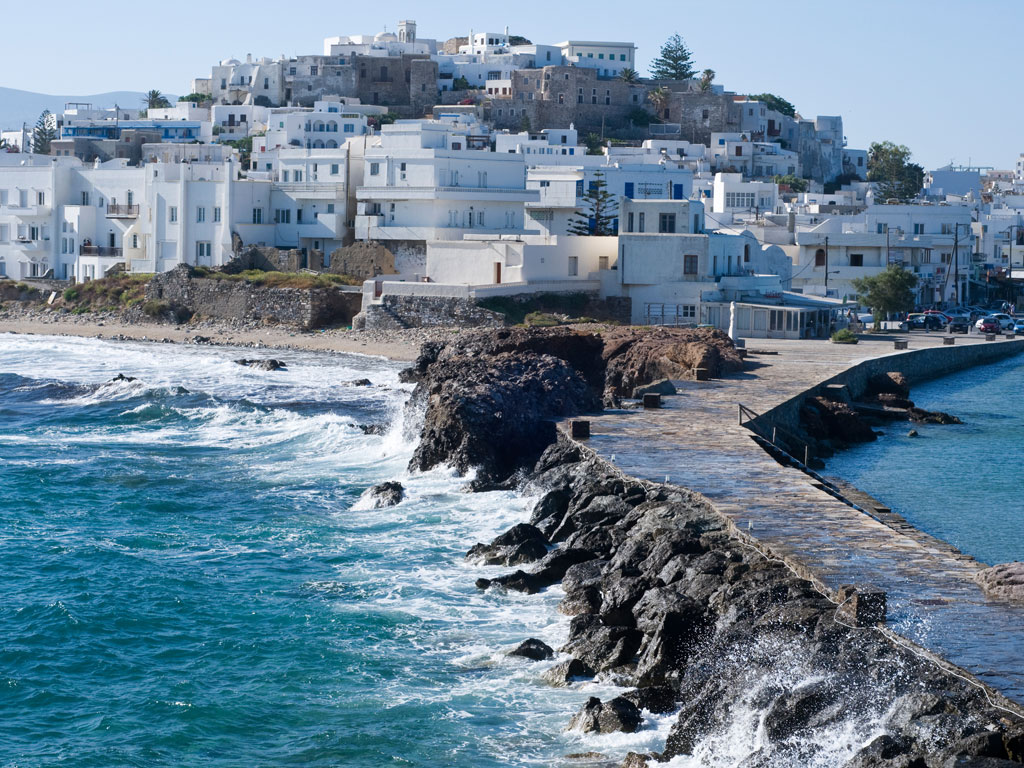
Milos
Found in the southwest part of the Cyclades, this (still relatively quiet) island has a handful of singular natural landscapes contributed by volcanic activity; mysterious rock formations, curious soil colours and numerous jaw dropping beaches. Besides having countless unique sights to see around the island, it also is the homeland of the renowned marble statue of Venus of Milo seen today in the Louvre Museum. Milos’ volcanic past is reflected on the large number of hot springs, caves and geological formations found around the island such as Kanavas, Alykis, Provatas, Pikropigis springs, Papafragas and Sikia Caves, and Kleftiko Cove.
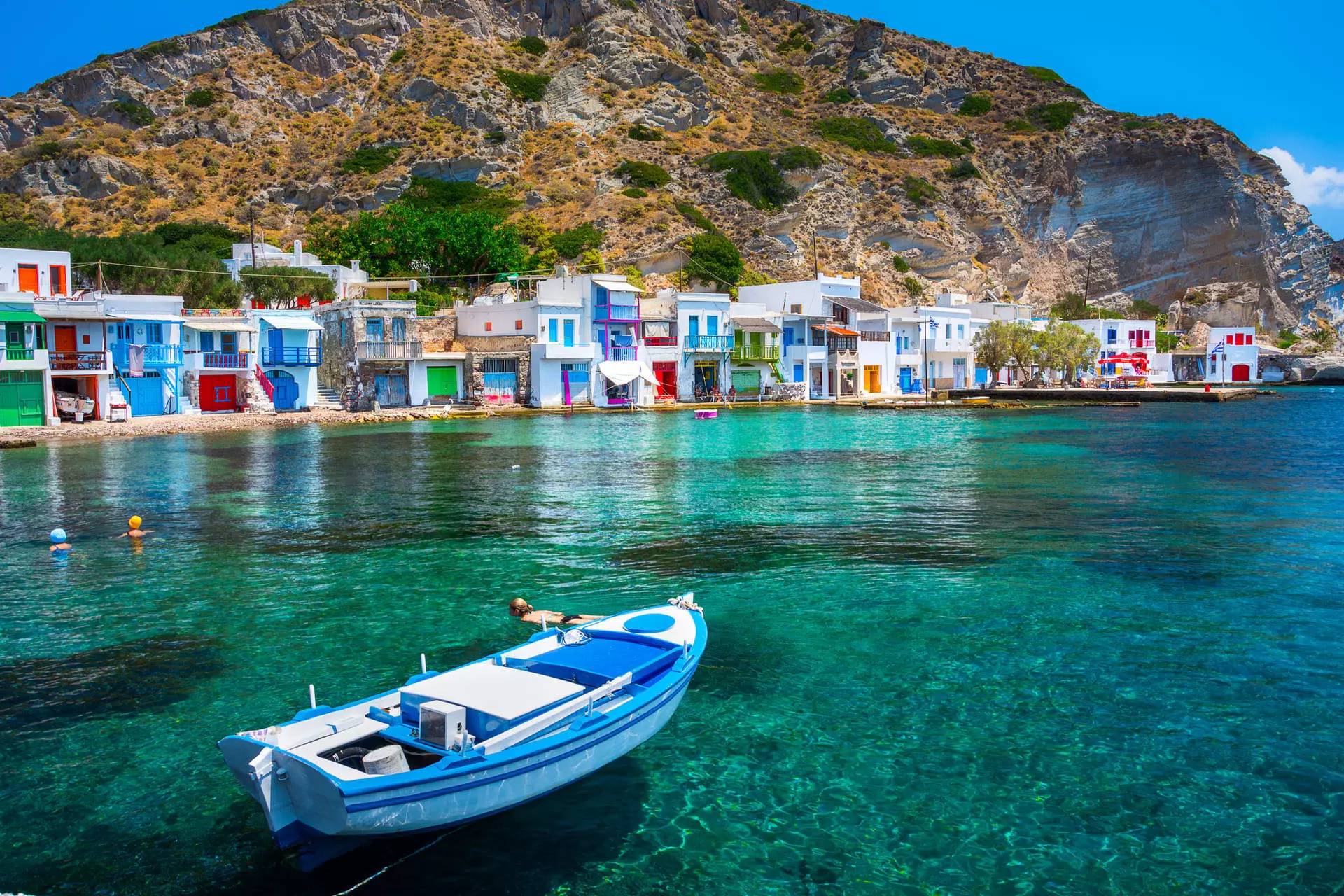
Crete
Crete – the largest island in Greece and the fifth largest one in the Mediterranean Sea – is a remarkable place to visit. The island features some of the country’s most pristine beaches and is crammed with spectacular sights, from desert island atolls to far-flung traditional villages, many of them way off the beaten path. Across the ages, Minoans, Mycenaeans, Ottoman Turks, Arabs and Venetians have shaped the island’s identity. Highlights include walking through the charming seaside town of Chania, relaxing at the high-end resort of Eloudna, hiking the Samaria Gorge, exploring the Lasithi Plateau, and visiting Knossos.
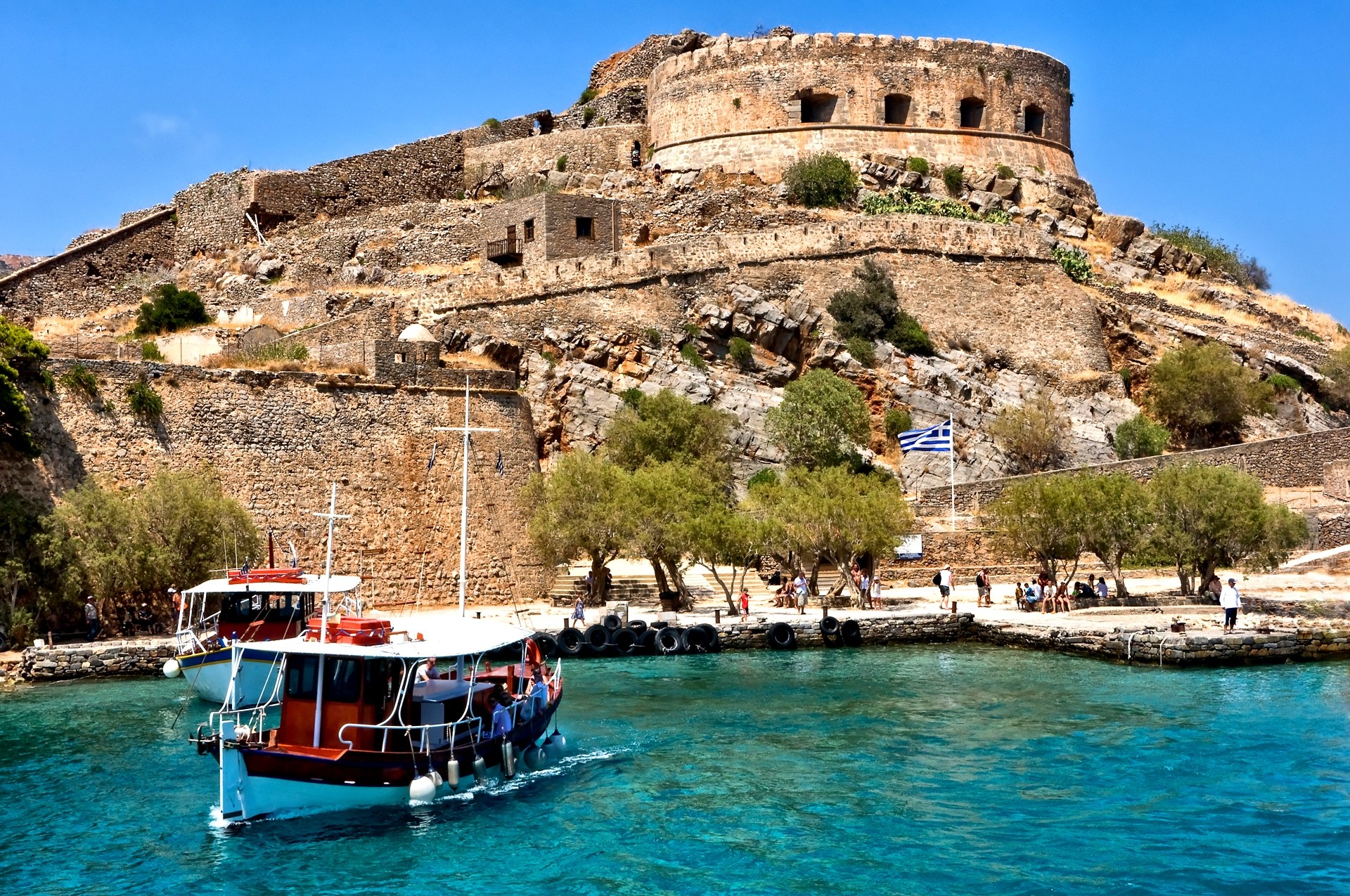
Zakynthos
Spectacular beaches (including world-famous Shipwreck Beach), endangered sea turtles, a 24/7 party vibe, and family friendly hotels make the Greek island of Zakynthos – or Zante as the island is known internationally – a favorite holiday destination. The southernmost and third largest island in the Ionian Sea (after Corfu and Kefalonia), Zakynthos often touts itself as one one of Greece’s greenest islands. Zakynthos’ north and west coast is made of towering sandstone cliffs dropping in the turquoise sea, while much of the south coast is a nature reserve where endangered loggerhead turtles hatch in the sand.
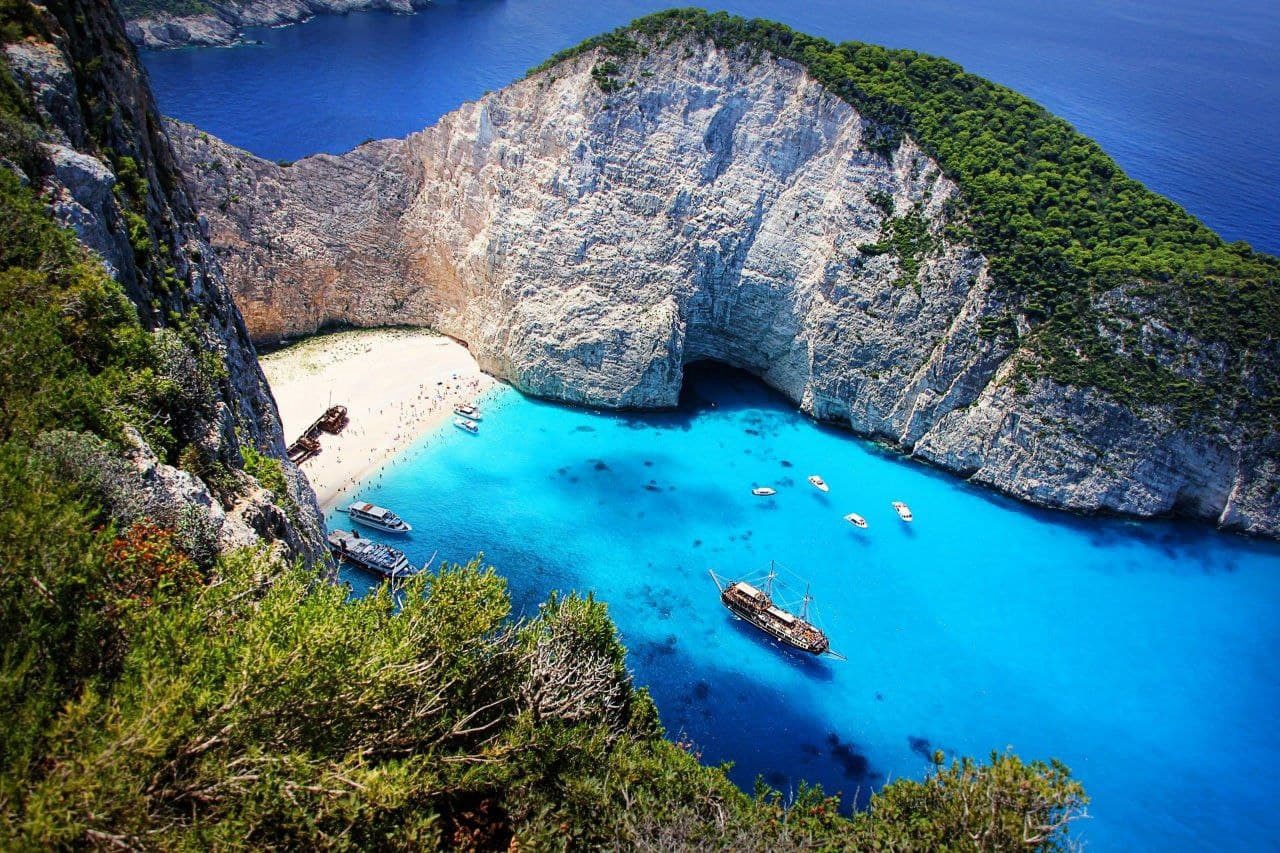
Corfu
With the passage of time the island of Corfu may have changed, but any traveler can still feel the spirit of a distant glorious past. Its rich multi-cultural heritage, its historic monuments, its stunning natural landscape, its crystal clear seas (with some of Europe’s best beaches), and its excellent weather all year round explain why Corfu is one of the most cosmopolitan Mediterranean destinations weaving a powerful spell on its visitors. Corfu (Kerkyra in Greek), unlike the rest of Greece, never fell under the Ottoman oppression.
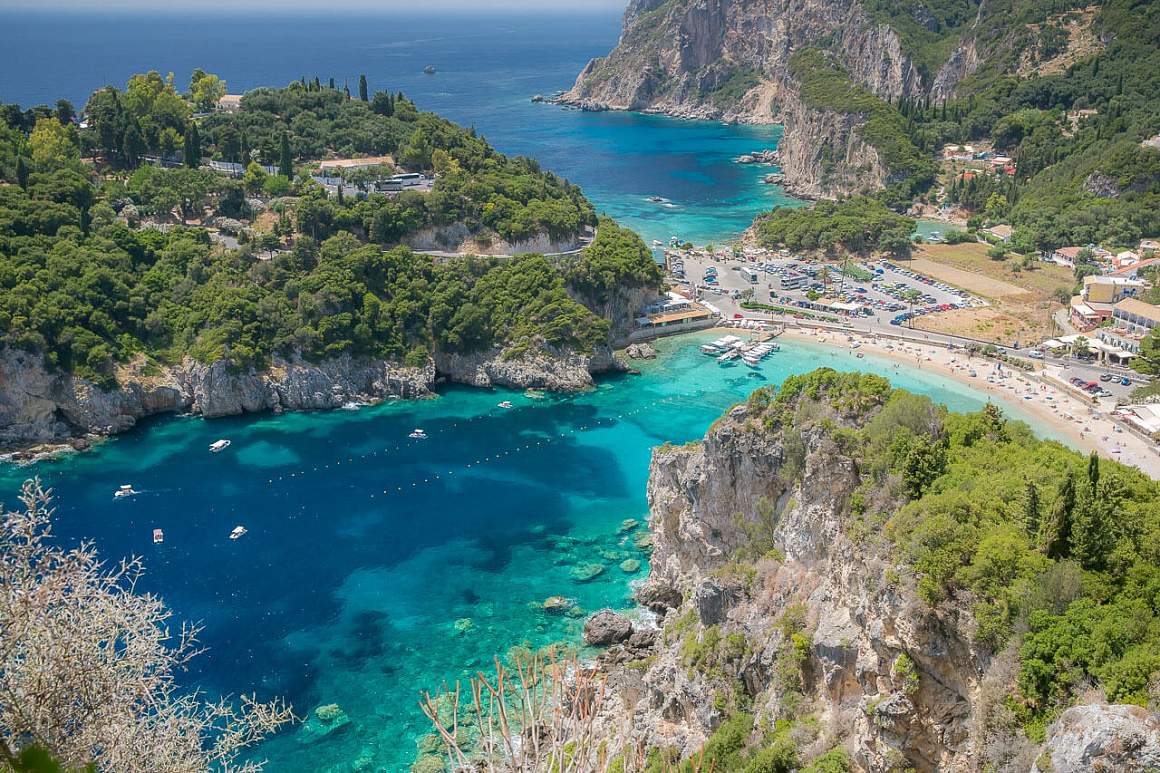
Rhodes
Rhodes, the capital of the Dodecanese islands, is the fourth largest Greek island, after Crete, Evia and Lesvos, and a very popular Greek tourist destination. This Mediterranean gem of an island boasts a centuries-old history: a turbulent past full of unexpected turns and twists of fate. It’s a place where the strong mediaeval aspect blends with the traditional Greek one. For example, the medieval center of its capital city is a UNESCO World HEritage Site.
